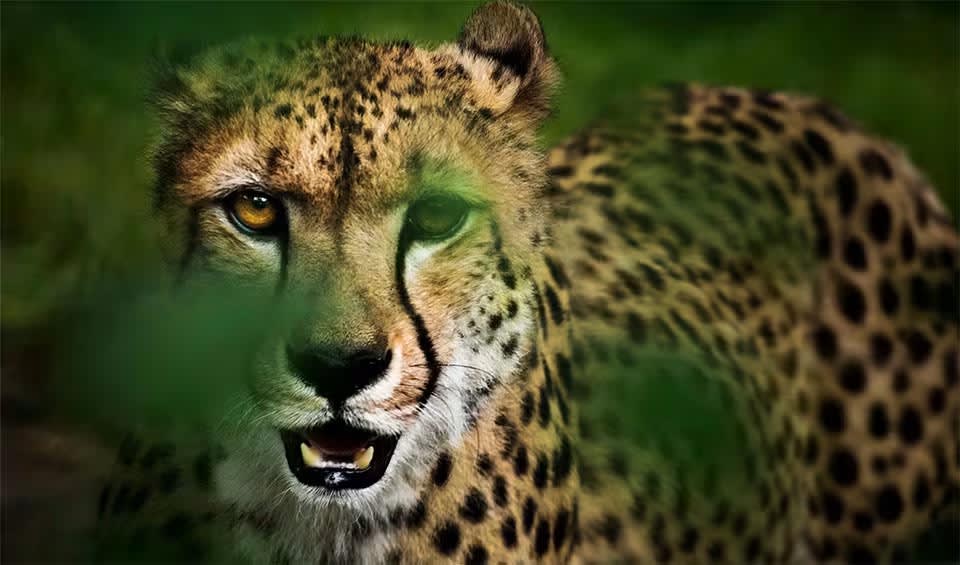A mysterious and beautifully camouflaged bird that lives mostly in sub-Saharan Africa. Unlike flashy, colorful birds that grab attention, the nightjar is all about subtlety and stealth. Its plumage is a mix of browns, grays, and blacks, making it almost indistinguishable from the leaf litter and dry ground where it rests during the day.
As its name suggests, it has a square-shaped tail (as opposed to the forked tails of some other nightjar species), which helps in identifying it. It’s a nocturnal bird, meaning it’s active mostly at night, which adds to its secretive, almost ghost-like reputation. During the day, it relies heavily on its camouflage to stay hidden, lying flat against the ground, barely moving unless disturbed.
One of the most captivating things about the Square-tailed nightjar is its call. As dusk falls, the male begins his long, mechanical trill that can go on for minutes without a pause. It’s a hypnotic sound that seems to float across the savanna or woodland. This vocal display is not only a way to mark territory but also a strategy to attract mates. If you’ve ever camped in the African bush and heard a steady, buzzy hum at night, chances are it was a Square-tailed nightjar serenading the darkness. The males often sing from the ground or from low perches, and once you hear the sound, it’s hard to forget—though spotting the bird itself is a whole different challenge.
Breeding behavior in the Square-tailed nightjar is as down-to-earth as the bird itself—literally. They don’t build nests at all. Instead, the female simply lays her eggs directly on bare ground, often in a small scrape among leaves or stones. The eggs are mottled and blend in perfectly with their surroundings, just like the adult birds. This minimalist strategy might seem risky, but it actually works quite well, thanks to the birds’ incredible camouflage and their habit of choosing quiet, undisturbed spots.
Distribution
 Angola
Angola Botswana
Botswana Burundi
Burundi Congo-Brazzaville
Congo-Brazzaville DR Congo (Kinshasa)
DR Congo (Kinshasa) Equatorial Guinea
Equatorial Guinea Eswatini
Eswatini Gabon
Gabon Kenya
Kenya Lesotho
Lesotho Malawi
Malawi Mozambique
Mozambique Namibia
Namibia Rwanda
Rwanda South Africa
South Africa Tanzania
Tanzania Uganda
Uganda Zambia
Zambia Zimbabwe
ZimbabweAnything we've missed?
Help us improve this page by suggesting edits. Glory never dies!
Suggest an editGet to know me
Terrestrial / Aquatic
Altricial / Precocial
Polygamous / Monogamous
Dimorphic (size) / Monomorphic
Active: Diurnal / Nocturnal
Social behavior: Solitary / Pack / Herd
Diet: Carnivore / Herbivore / Omnivore / Piscivorous / Insectivore
Migratory: Yes / No
Domesticated: Yes / No
Dangerous: Yes / No




